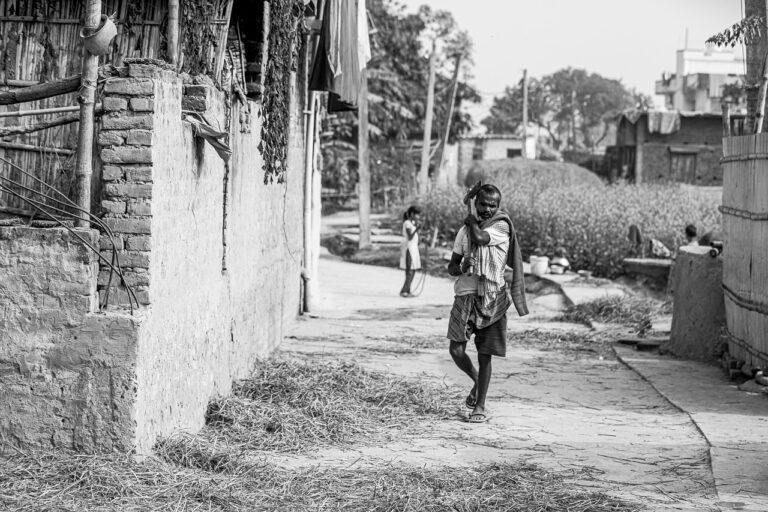Addressing Humanitarian Crises Response in Global Campaign Messaging
silverexch, goldenexch. bet, betbook247:Humanitarian crises continue to devastate communities around the world, from natural disasters to armed conflicts. As global citizens, it is our responsibility to respond to these crises and support those in need. One powerful tool at our disposal is global campaign messaging, which can raise awareness, funds, and resources to aid in humanitarian efforts.
1. Understanding the Power of Messaging
Effective messaging is essential in any campaign, but especially so in humanitarian crises response. The way we communicate with our audience can make all the difference in mobilizing support and driving action. Messaging should be clear, concise, and compelling, conveying the urgency of the situation and highlighting the impact of individual contributions.
2. Tailoring Messages to Different Audiences
When crafting global campaign messages, it is crucial to consider the diversity of your audience. Different groups may have different priorities, motivations, and barriers to engagement. Tailoring your messages to resonate with various audiences can help increase reach and impact. For example, a message targeted towards young people may focus on social media and digital activism, while a message targeted towards corporations may emphasize corporate social responsibility and partnership opportunities.
3. Leveraging Personal Stories and Testimonials
One of the most powerful ways to connect with your audience is through personal stories and testimonials. Sharing the experiences of those directly affected by the humanitarian crisis can humanize the issue and create a sense of empathy and urgency. Whether through written narratives, videos, or social media posts, personal stories can inspire action and drive donations.
4. Using Data and Statistics to Highlight Impact
While personal stories are essential, data and statistics can also play a crucial role in global campaign messaging. Providing tangible evidence of the scale of the humanitarian crisis and the impact of donations can help build credibility and trust with your audience. Whether it’s showcasing the number of meals provided, shelters built, or lives saved, data-driven messaging can demonstrate the tangible results of support.
5. Collaborating with Partners and Influencers
Collaborating with partners and influencers can amplify your messaging and reach a wider audience. Working with organizations, celebrities, social media influencers, and other stakeholders can help leverage their platforms and networks to increase awareness and drive donations. Partnering with like-minded allies can also create a sense of solidarity and collective action in responding to humanitarian crises.
6. Mobilizing Action Through Calls to Action
Effective global campaign messaging should always include clear and compelling calls to action. Whether it’s donating funds, volunteering time, sharing content on social media, or advocating for policy change, calls to action encourage your audience to take tangible steps towards supporting humanitarian efforts. By making it easy for people to get involved, you can mobilize a larger and more engaged community of supporters.
FAQs:
Q: How can I get involved in responding to humanitarian crises?
A: There are many ways to get involved, from donating funds to volunteering your time, raising awareness, or advocating for policy change. Look for reputable organizations and campaigns that align with your values and interests, and consider how you can make a meaningful impact.
Q: How can I ensure my donations are going to the right places?
A: When donating funds, it’s essential to research and vet the organizations and campaigns you support. Look for transparency, accountability, and a track record of effective humanitarian work. Platforms like Charity Navigator and GuideStar can help you evaluate charities and make informed decisions.
Q: How can I stay informed about ongoing humanitarian crises?
A: Follow reputable news sources, humanitarian organizations, and social media accounts to stay informed about global humanitarian crises. Sign up for newsletters, attend events, and engage with online communities to stay connected and educated about pressing issues.
In conclusion, addressing humanitarian crises response in global campaign messaging requires thoughtful planning, strategic messaging, and a commitment to driving action and impact. By leveraging personal stories, data, partnerships, and calls to action, we can mobilize support, raise awareness, and make a difference in the lives of those affected by crises around the world. Let’s use our voices and platforms to amplify the voices of the most vulnerable and create a more compassionate and humanitarian world.







